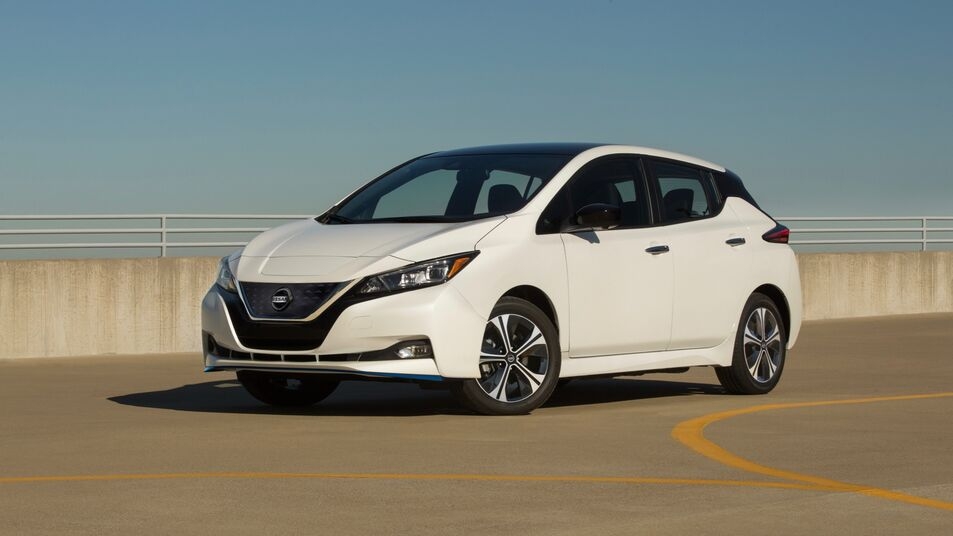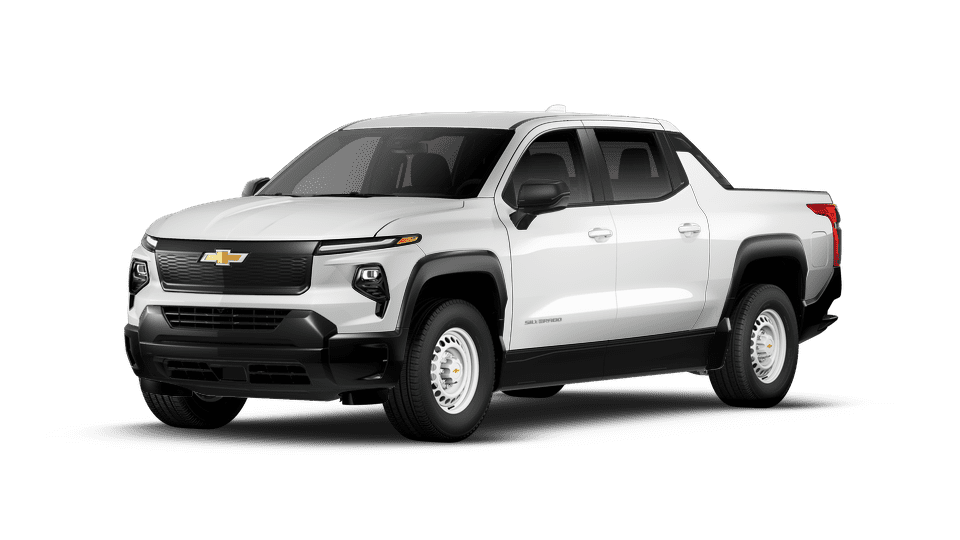Most EVs Charge Fast on Paper — Until You Try It in Real Life
You pull into a fast charger. The screen lights up: 250 kW available. You plug in. The car flashes “charging” and… you’re getting 38 kW.
Sound familiar?
Welcome to the reality of EV fast charging — especially when it’s cold, when your battery’s at the wrong state-of-charge, or when you’re driving something that promised the moon but tapers down after five minutes.
The problem? Everyone talks about peak speed — 150 kW, 250 kW, even 350 kW. But that number doesn’t mean much unless the car can hold it. And most can’t. Not unless the battery is warm, the charger is perfect, and your SOC is low enough to allow a real session.
If you’re buying used in 2025 and want an EV that can still charge fast — really fast — you need to know which models actually do it. Not just once when they’re new. But after 50,000 miles, a couple winters, and a dozen DC fast charging sessions.
This blog breaks down the used EVs that truly deliver 10–80% in under 30 minutes — in real conditions, not lab runs. These are the models that still hold a charge, still show up in the cold, and still get you moving when time matters.
What Really Affects Fast Charging Speed
Let’s be clear: fast charging isn’t just about the car. It’s about the entire system — charger quality, battery temperature, pack design, and software behavior.
Here’s what actually matters:
Battery temperature. A cold battery won’t charge fast. Even the best EVs will crawl under 50 kW if the pack is cold and unprepared.
Preconditioning. Without it, you’re wasting the first 15 minutes just warming the pack. EVs with proper battery pre-warming win big here — especially Teslas, Hyundais, and Rivians.
Charge curve. You don’t want a car that spikes to 250 kW and drops to 50 five minutes later. You want one that holds high power from 10% to 60%, then tapers naturally.
State of charge (SOC). Fast charging works best between 10–50%. If you plug in at 60%, it’ll slow down. Plug in at 15%, and you’re in the sweet spot.
Battery management software. Some brands know how to manage heat, taper, and pack voltage better than others. That shows up most after 3–5 years on the road.
With that in mind, here’s what still performs — even after real-world mileage.
Tesla Model Y Long Range (2020–2023)
Tesla doesn’t just build fast-charging cars — they’ve built the entire system around it. And for used buyers in 2025, that still matters.
The Model Y Long Range is one of the few EVs that consistently hits 150–170 kW, even at 80,000 miles. The car preconditions automatically when you route to a Supercharger, the thermal system manages cell temps perfectly, and the taper isn’t brutal until you pass 60–65%.
From 10–80%, you’re looking at 27–30 minutes, even on older packs.
Winter? Not a problem. As long as you pre-warm, you’ll still see 130–150 kW even at 25°F. That’s where Tesla shines: the software just works.
What you get: Predictable charging, always. Preconditioning that’s automatic. A network that’s simple. Still one of the best.
Hyundai Ioniq 5 AWD (2022–2023)
This is where 800V architecture proves its worth. The Ioniq 5 doesn’t just spike high — it holds.
Most used Ioniq 5 AWDs with 40–60K miles can still hit 230–235 kW, hold 170+ kW to 60%, and stay well over 100 kW into the high 70s. That gives you 10–80% in 18–20 minutes consistently.
Even in cold weather, if you trigger preconditioning (which only works if you navigate to the charger through the system), the car will warm the pack and maintain speeds over 150 kW.
Without preconditioning, expect half that — but still better than most.
What you get: Real speed, real consistency, and one of the most comfortable cabins to wait in.
Kia EV6 Wind AWD (2022–2023)
Same platform as the Ioniq 5, but with a more aggressive driving feel and slightly tighter packaging. Charging behavior? Nearly identical.
The EV6 AWD holds fast charge power extremely well, even with 60K+ miles. It peaks around 235 kW when warm, holds 170–180 kW into the 60% range, and finishes strong.
Cold performance is strong if you enable the winter mode and start warming early. Without preconditioning, it’ll crawl for 10 minutes before picking up speed.
Time to 80% from 10%? 18–22 minutes depending on temperature.
What you get: Excellent charge speed, smart thermal control, and steady performance after long drives.
Tesla Model 3 Long Range (2018–2022)
Older now, yes. But the Model 3 Long Range is still a charging benchmark.
Most 2018–2019 models still charge at 140–160 kW under ideal conditions, with slightly more tapering than the Y but still delivering 10–80% in around 28 minutes.
Later builds (2021–2022) with the heat pump and updated software perform better in winter and hold fast charging longer. Preconditioning through the nav remains key.
Used Model 3s are everywhere, and their ability to sustain reliable charge sessions — even after heavy Supercharging — makes them one of the safest bets on the used market.
What you get: Smooth tapering, heat pump (later models), strong preconditioning, and simple navigation-to-charger integration.
Rivian R1S Dual Motor Large Pack (2022–2023)
The R1S isn’t built for speed charging — but it delivers surprisingly well for its size.
Large Pack versions, even after 50K miles, routinely hit 150–160 kW at Electrify America or Rivian’s Adventure Network. The curve stays above 100 kW until nearly 70%, making 10–80% possible in 30–35 minutes on a good session.
Key here: preconditioning. If you don’t use the app or route through the built-in nav, you’re starting cold — and might sit for 50 minutes instead.
Winter slows things down, but Rivian’s updated software manages pack heat well if you drive more than 15 minutes before charging.
What you get: Big vehicle, big pack, big consistency — if you manage it right.
BMW iX xDrive50 (2022–2023)
Quietly one of the most efficient luxury EVs on the road — and one of the fastest-charging after 20,000 miles.
The iX uses a massive 111.5 kWh pack and charges like it. Peak speeds around 195 kW, but what matters is how it holds that speed. From 10 to 60%, you’ll often stay above 150 kW the entire way.
Most owners report 10–80% in 30–32 minutes, even in winter, because BMW’s thermal control system is excellent. The car handles preconditioning automatically when you navigate to a charger.
And thanks to over-the-air software updates, used iX models in 2025 are actually charging better than they did in 2022.
What you get: Quiet charging, luxury ride, and impressive performance after high mileage.
Ford Mustang Mach-E ER AWD (2021–2023)
Let’s be honest: early Mach-Es had charging problems. But updates helped.
Most Extended Range AWD models now hit 115–125 kW, taper a bit early, but still get from 10–80% in 32–36 minutes. It’s not blistering, but it’s consistent — and doesn’t collapse in winter like some competitors.
Big caveat: you must use the native nav to pre-warm the pack. If you just show up to a charger without routing, the charge rate will be glacial.
What you get: Better than advertised charging, solid winter behavior, and an improving ownership story.
Chevy Bolt EUV (2022–2023)
It charges slow. Everyone knows that. But it still charges predictably.
Bolt EUVs max out around 55 kW, taper slowly, and finish at about 40–45 minutes to 80%. It’s not fast, but for local driving and routine use, it’s durable. And with LG’s new post-recall packs, degradation is minimal.
There’s no preconditioning. No high-speed boost. Just a flat, stable curve that gets you where you need to go — eventually.
What you get: Reliability. Simplicity. A budget EV that charges slow, but doesn’t let you down.
What We Think
Fast charging isn’t about numbers. It’s about consistency. And when you’re buying used in 2025, you’re not just buying a battery — you’re buying how that battery behaves after five years of real driving.
The best used EVs for fast charging don’t just spike high. They hold. They manage heat. They precondition. They give you the same charge time — day after day, year after year.
Here’s where we’d start:
Best overall: Tesla Model Y Long Range — proven, consistent, network-integrated
Best 800V charger: Hyundai Ioniq 5 or Kia EV6 — still fast, still smooth
Best luxury EV charging: BMW iX — wide curve, minimal loss
Best high-capacity SUV: Rivian R1S — 250+ miles in 30 minutes if warmed
Best value: Mach-E ER AWD — better now than when new
Most consistent budget EV: Chevy Bolt EUV — slow, but dependable
Want to charge fast in 2025? Look beyond the number on the brochure. Look for the car that still charges fast — after the miles, the winters, and the years.








